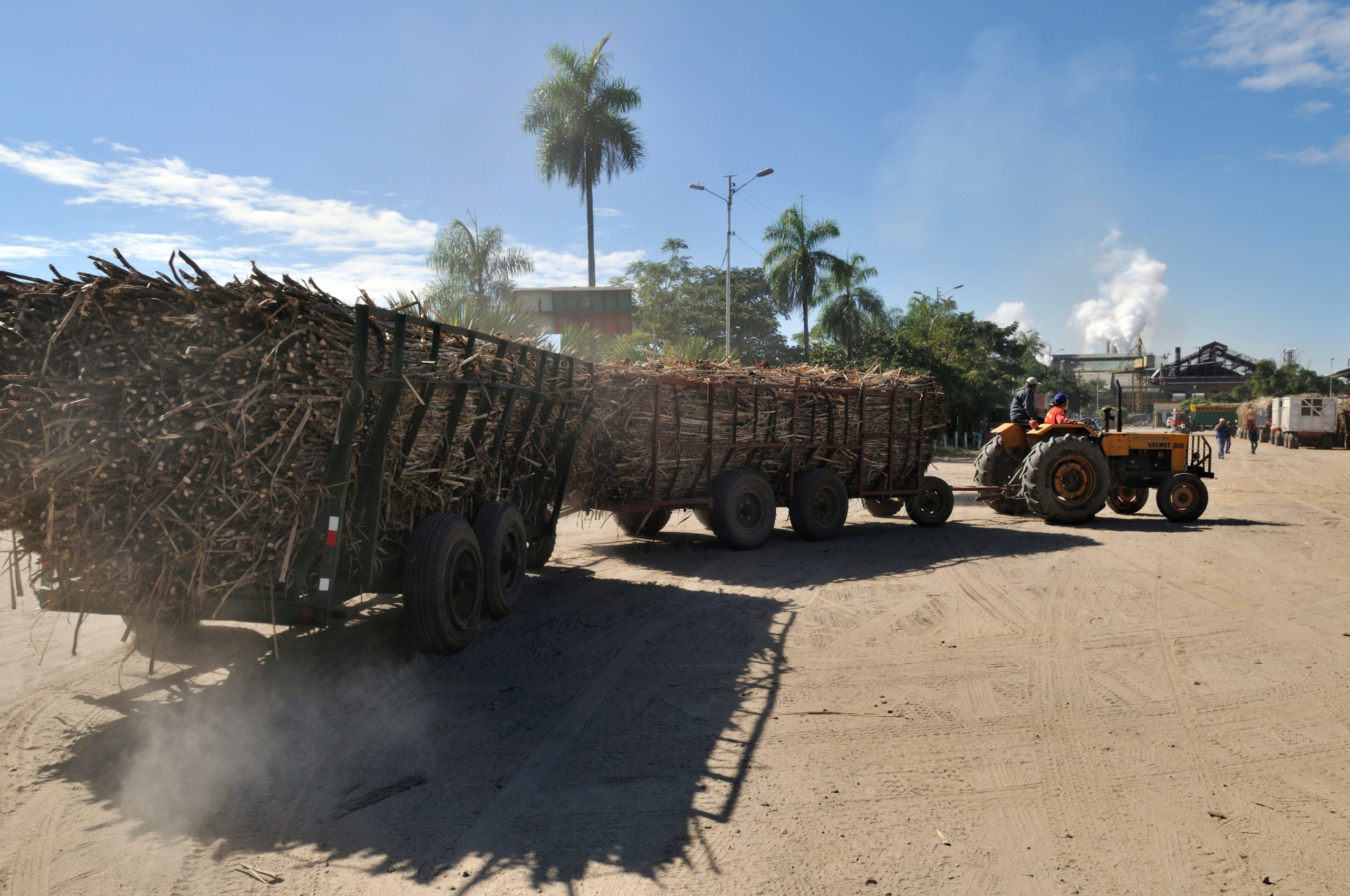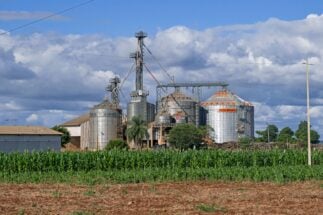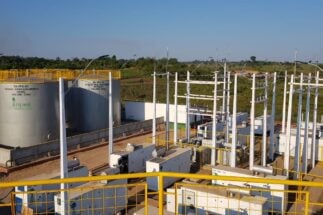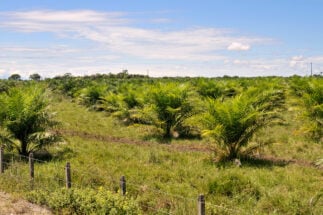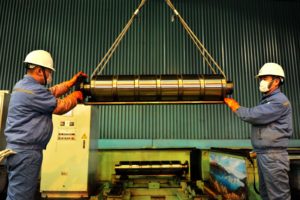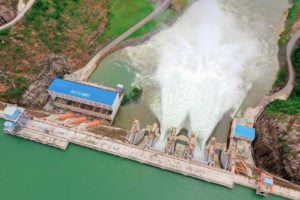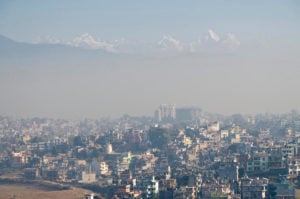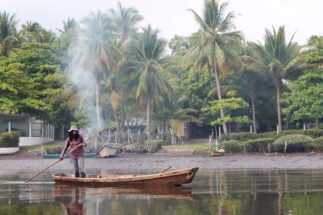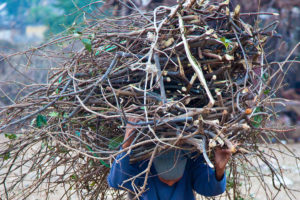In September 2020, during Luis Arce’s campaign to be president of Bolivia, he promised to build two biodiesel production plants.
Although the proposal centred around creating jobs and introducing a circular economy to Bolivia, Luis Arce also assured the electorate that the energy transformation would reduce fuel imports.
In recent years, Bolivia has spent an increasing amount on such imports, reaching a record US$2.1 billion in 2021, up from $864 million in 2020. There are still no official figures for 2022, but according to the experts interviewed for this article, the situation has changed little since then.
In September 2022, the president gave the order to start building Bolivia’s first biodiesel plant – Biodiésel-1 – in the city of Santa Cruz.
A couple of months earlier, he launched a programme to promote the cultivation of oil-rich plant species – oil palm (Elaeis guineensis), jatropha (Jatropha curcas) and the castor oil plant (Ricinus comunis) – as raw material to feed Biodiésel-1, Biodiésel-2, and a third plant for making diesel from vegetable oil and used cooking oil.
The president said the five-year programme seeks to “implement technological conditions for the production of oil-containing species, strengthening the capacities of local producers.”The state will support producers by providing seeds, technical advice and whatever is necessary – apart from land – to start growing the crops. Then the state-owned oil company Bolivian Fiscal Oilfields (YPFB) will buy the fruits. “With this programme, the national government not only wants to guarantee production, but also to guarantee purchase,” Javier Mamani Quispe, coordinator of the programme, told Diálogo Chino.
Oil palm, also known as the African palm, is native to West Africa. It produces red fruit which can be processed into biodiesel. Meanwhile, jatropha is native to Central America and from its seeds an oil similar to that of oil palm can be extracted. The castor oil plant is useful for the same purpose. Seeds of the three species have been imported from Colombia, Venezuela and Costa Rica.
With the introduction of these species, the government stance expressed in 2007 by then president Evo Morales – who like Arce is from the Movement for Socialism (MAS) party – that crops should be used first and foremost for feeding the population, rather than for cars, is a thing of the past.
According to Javier Mamani Quispe, the first biodiesel plant will be operational by the end of 2023. There won’t be any oil palm yet, as it takes between four and five years to grow, so jatropha and castor oil will be used to generate 1,500 barrels of biofuel per day, Mamani Quispe said. In parallel, construction will begin on two other plants: Biodiésel-2, and a plant for producing renewable diesel (HVO), a fuel obtained by processing vegetable oil or used cooking oil.
The three plants will allow the country to replace “between 43 and 45% of diesel and petrol imports,” Economy Minister Marcelo Montenegro told France24 television in July.
In the region, Colombia, Brazil and Argentina are leading the way in biofuel production, while Paraguay is also preparing to jump on the bandwagon. If it achieves its goals, Bolivia will join the list and plans to invest US$387.5 million in the construction of the three factories, and $58.6 million in the production of the raw material.
Biodiesel in Bolivia: A cost–benefit dilemma
However, Indigenous, farming and scientific communities have concerns.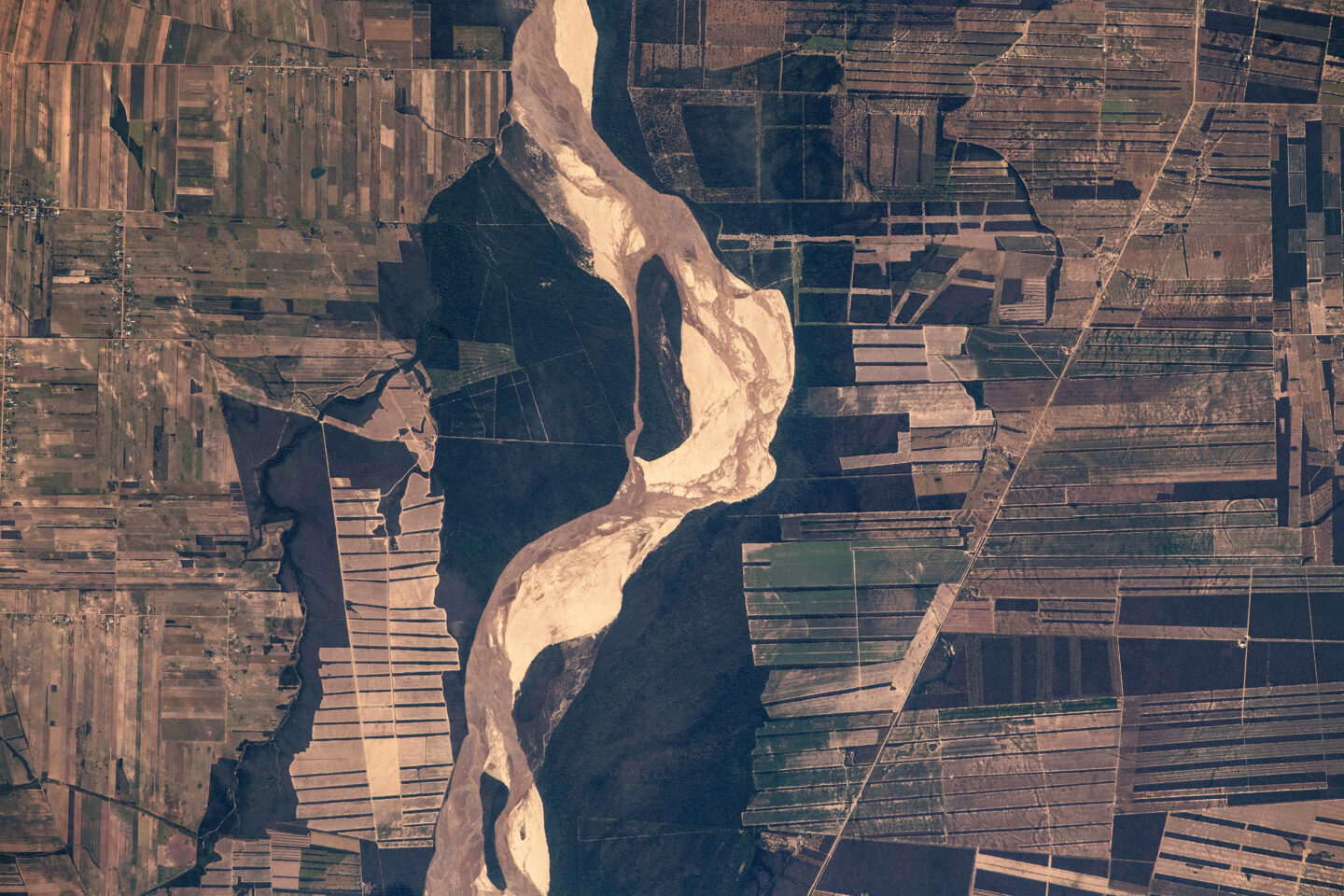
The norm he refers to is article 24 of the Framework Law of Mother Earth, which in paragraph 11 prohibits “the production of agrofuels and the commercialisation of agricultural products for their production.” This issue has not been clarified or resolved by officials.
Another concern is deforestation and the expansion of the agricultural frontier by adding three new monocultures to the existing five: soy, sugar cane, sunflower, sesame and maize.
“Implementing a new species in an ecosystem always has risks,” said Freddy Zenteno, a researcher at the Bolivian National Herbarium. “In Bolivia, we have around a hundred species of palm trees and [oil palm] is one that has not grown in this environment, so it has to fight against pests and for that it will need agrochemicals.”
According to Vincent Vos, there are alternatives which exist in the country. “In Pando [an Amazonian province] there is a palm tree called palla. There must be at least 100,000 hectares of it, which can produce 2,000 litres of oil per hectare. There is no need to cut down anything, no machinery is needed, and the oil is of better quality than African palm,” he told Diálogo Chino.
However, Mamani said there are no risks. The plantations will be made “in deforested and exhausted soils” located mainly in the Amazon and the Chaco.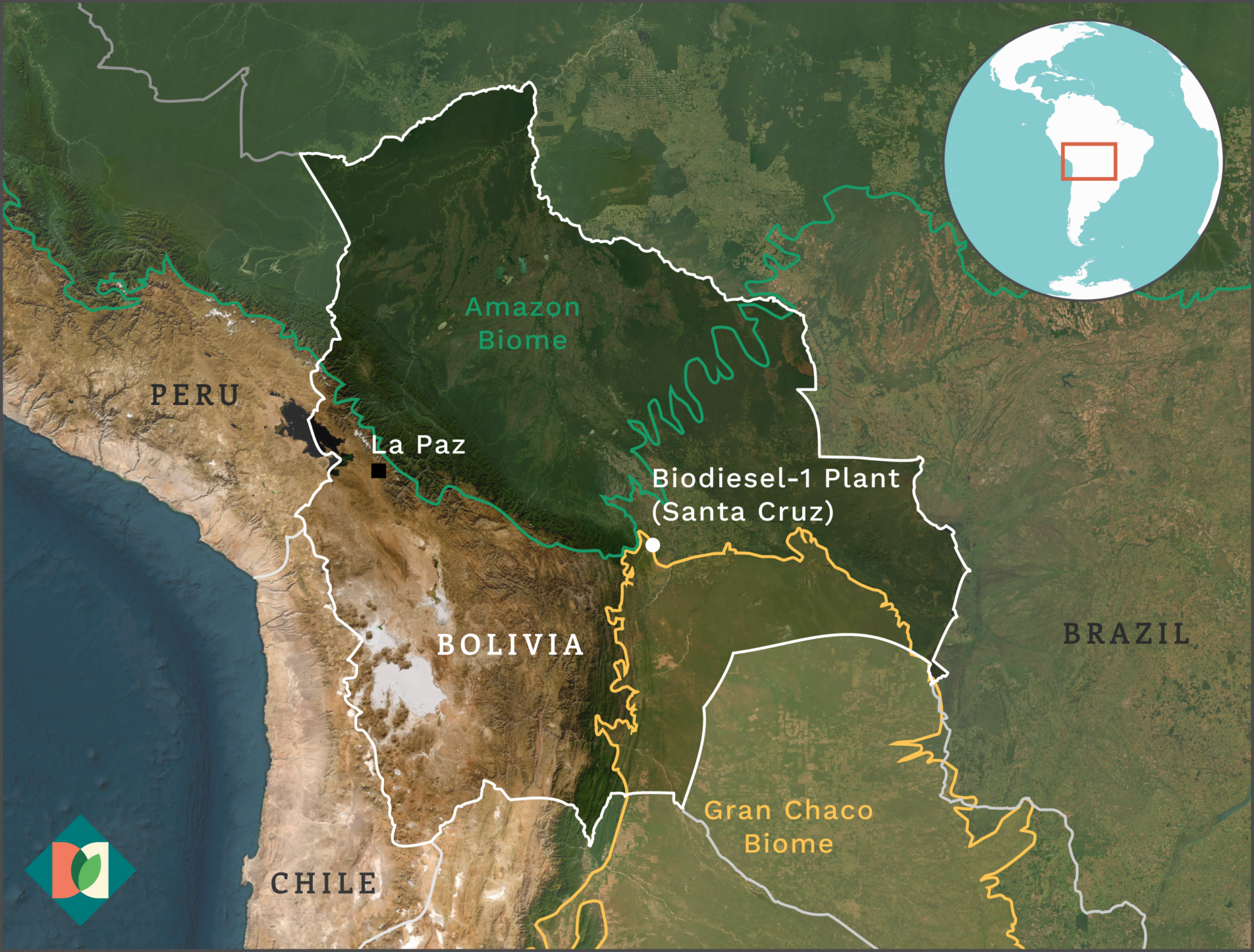
In it, they asked her not to believe the hype and warn that the Bolivian government’s biodiesel plans “represents a threat of further deforestation of the Amazon and other regions of the country.”
For Miguel Vargas Delgado, executive director of Bolivia’s Centre for Legal Studies and Social Research (Cejis), prioritising these monocultures to guarantee the country’s food or energy security does not generate any possibility of sustainability for the lives of Indigenous communities. “In any case, it means breaking their social and cultural fabric, their economic systems, and therefore exposing them to greater vulnerability,” he told Diálogo Chino.
The precedent: ethanol
Bolivia started producing biofuel in 2018, in the form of ethanol. Also known as anhydrous alcohol, it is a gasoline additive produced from sugar cane. In March 2017, the then president Evo Morales launched a production programme, which is still in force in Santa Cruz.
It envisaged the production of 80 million litres by 2018, and 380 million litres by 2025. In 2021, the government agreed to purchase 110 million litres, and by 2022, it committed to purchase 160 million litres. So far, “it has worked very well,” Álvaro Ríos, former minister of hydrocarbons, told Diálogo Chino.
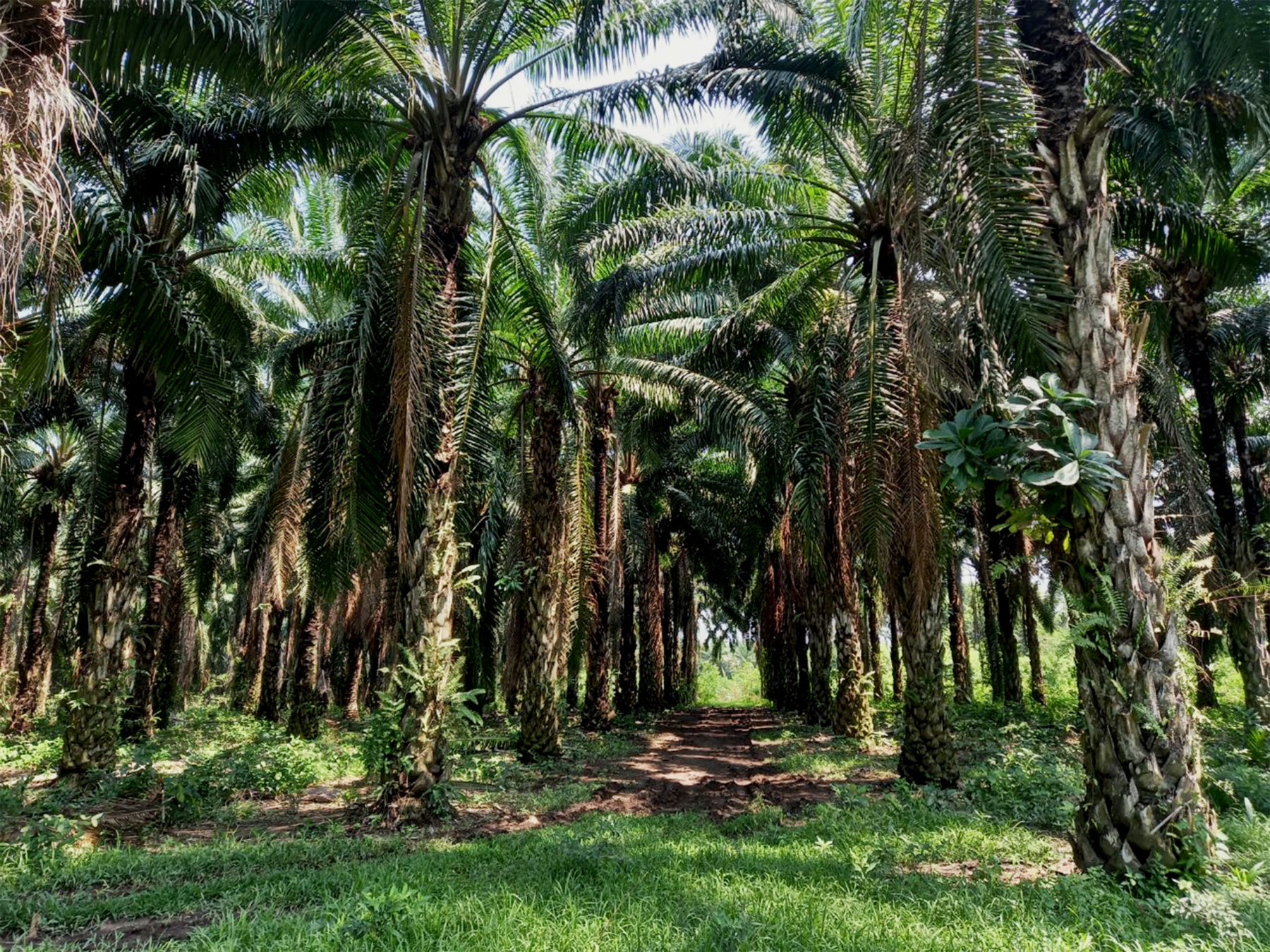
According to Ríos, the state-owned oil company YPFB buys its biofuel from the sugarcane sector, which in turn “takes charge of the investments necessary for the installation of plants, among other resources.”
In the case of biodiesel, it will be different. The state itself will even be in charge of producing the raw material. According to Mamani, three ministries will take charge of the megaproject: the Ministry of Rural Development and Lands will manage the input of oily plants; the Ministry of Economy will be in charge of building the biodiesel plants; and the Ministry of Hydrocarbons, through YPFB, will buy the raw material from producers and work on refining.
In doing so, Ríos notes that YPFB is entering the agriculture business. “As far as I’m concerned, they could have emulated what they’d done with ethanol,” he says. That is, leaving the production of palm and biodiesel to the private sector, so that the state oil company could buy it.
Expectations for production are very high. We have already inaugurated the first oil palm nursery in Bolivia and we are implementing 18 nurseries
Javier Mamani says that the Arce government is seeking to guarantee the success of its palm crops and the purchase of this raw material. “Expectations for production are very high. We have already inaugurated the first oil palm nursery in Bolivia and we are implementing 18 nurseries that will be planted across 6,000 hectares. The programme is valid for five years and in that time it has to cover an area of 60,000 hectares.”
The 60,000 hectares, however, will only cover 40% of YPFB’s demand, which is why, according to the official, “we have to look for strategies. How are we going to cover the remaining 60%? That is where private business comes in, and they have to be part of it.”
However, so far, doubts about this new era in Bolivia are growing. Former minister Ríos demands efficiency, since “the country imports 70% of the diesel and 50% of the petrol it consumes, and demand is growing every year.” On the other hand, communities and scientists are calling for their forests to be protected, as deforestation is also on the rise.
